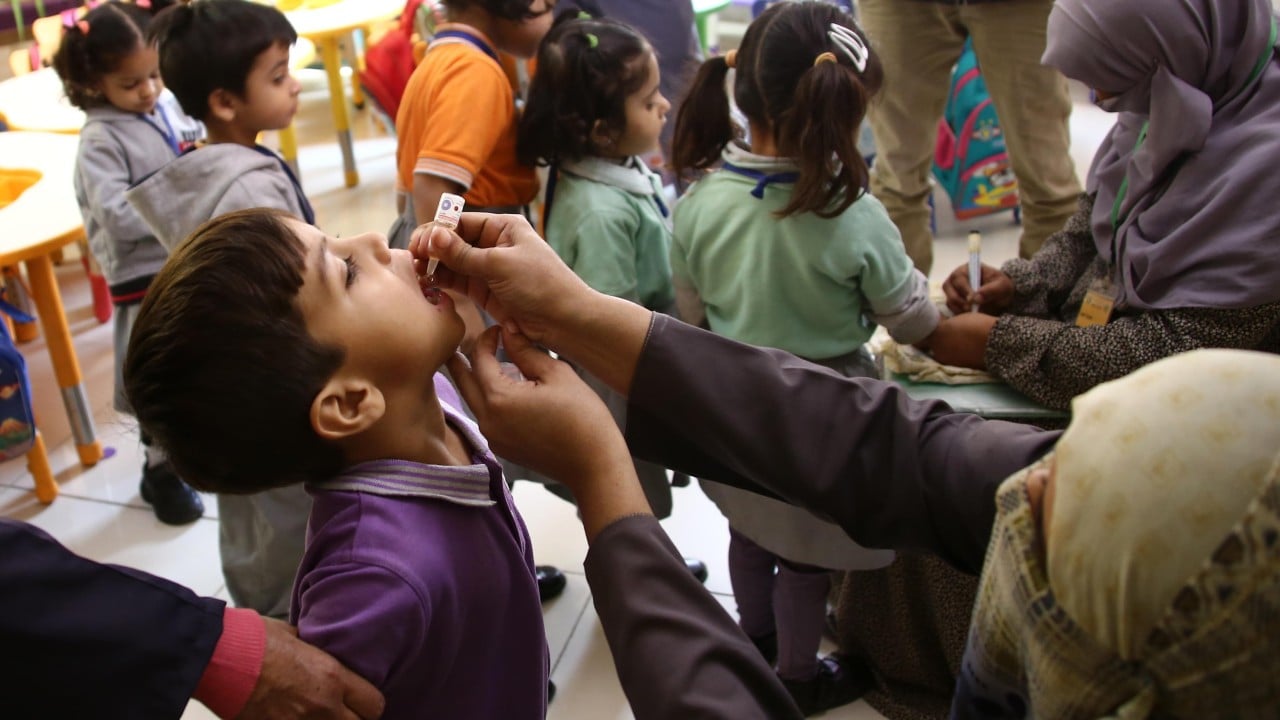In response to the US plan to withdraw from the World Health Organization (WHO), its director general on Monday imposed a hiring freeze, banning its 8,000-strong workforce from taking non-essential trips, and is renegotiating supply contracts.
Advertisement
At a regularly scheduled executive board meeting in Geneva that has turned into a crisis session, WHO Director General Tedros Adhanom Ghebreyesus said he is hoping to secure discounts from renegotiated contracts.
The United States has covered about one-fifth of the WHO’s budget and there is no clear financier to replace it. US President Donald Trump is planning to pull the US out of the health organisation, effective January 22, 2026.

Last year, the US government provided 18 per cent of the WHO’s budget. Funds from Washington financed 75 per cent of the HIV and hepatitis programme, 61 per cent of tuberculosis and 29 per cent of the strengthening of health systems in poorer countries for emergencies in 2024, according to WHO data.
Officially, the 34 of the 194 member countries represented on the board are discussing how to deal with diseases such as cervical cancer or diabetes and a strategy for climate change and health, wars and conflicts. The board decides on all important matters outside the WHO annual meetings.
But the question hanging over each programme is where the money will come from if the US stops contributing. Despite the planned US pull-out, the WHO’s budget committee proposes keeping WHO’s basic expenses constant – apparently in the hope that the money will come from other sources. That would be US$4.9 billion for 2026-2027. Added to this would be costs for emergency operations, crises and special programmes such as the global elimination of polio.
Advertisement
Money could already run out this year because no one knows whether the US will still pay its compulsory contribution for the current two-year budget 2024-2025. As of the end of January, Washington had still not transferred the promised US$264 million – and the outlook is not rosy.

